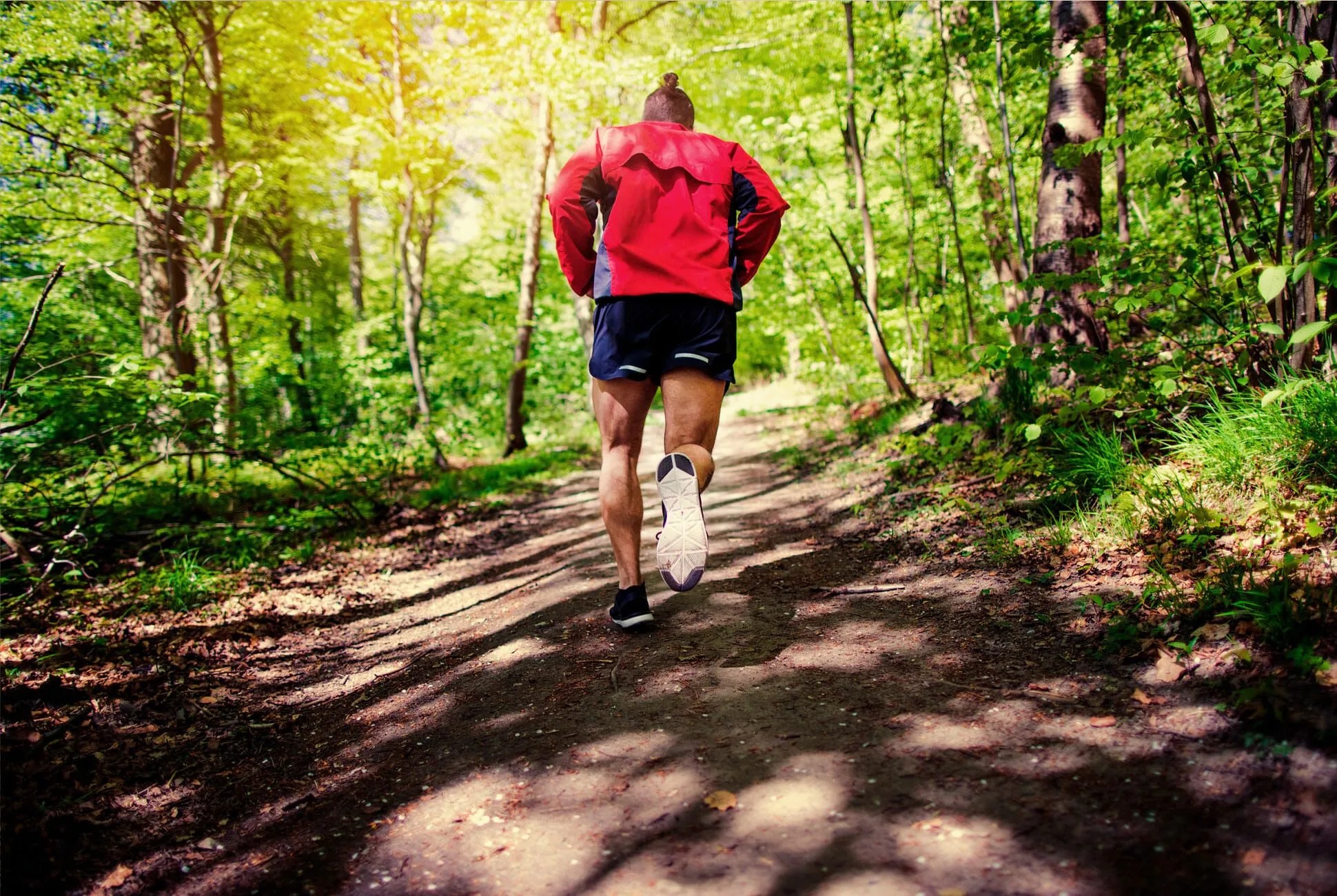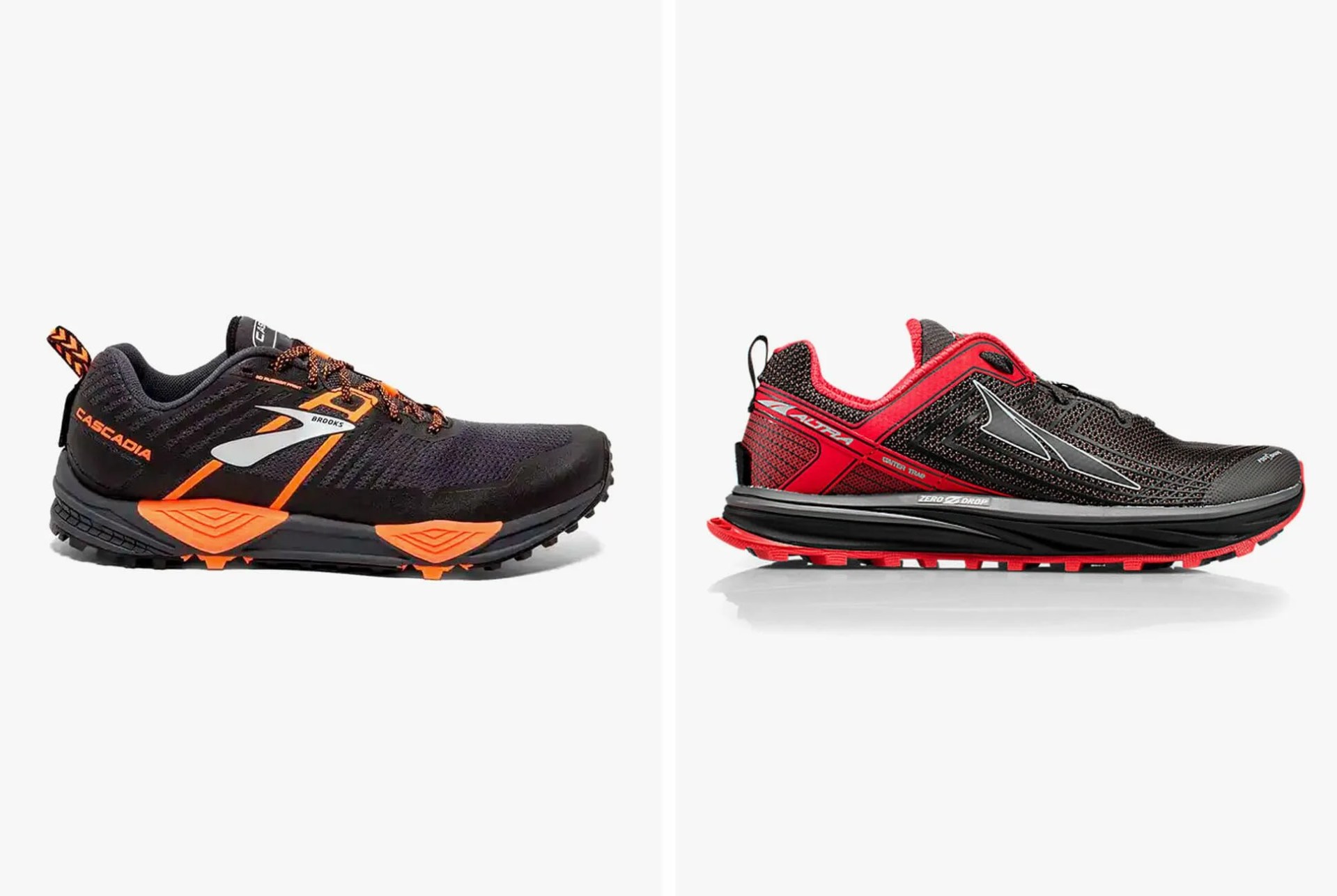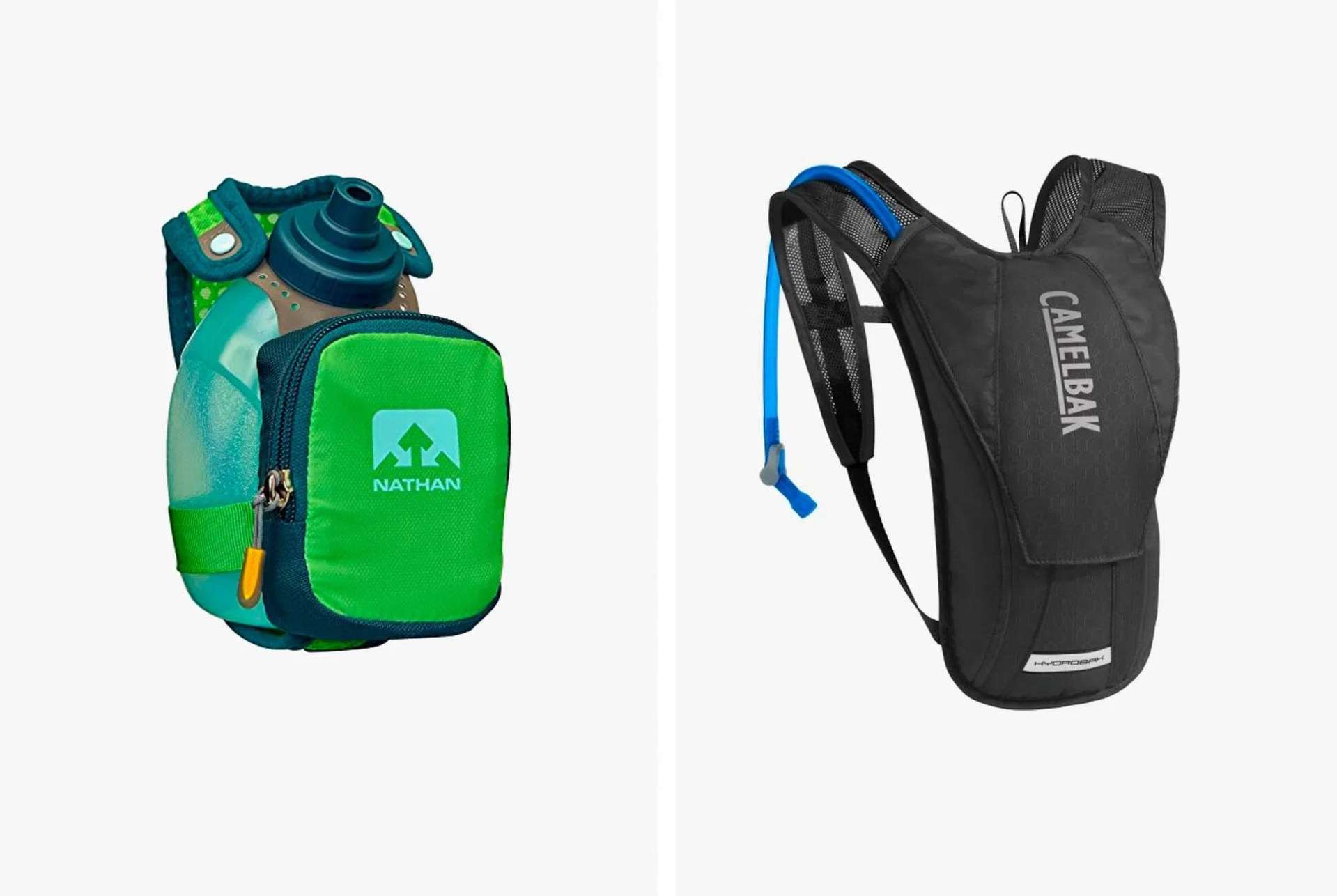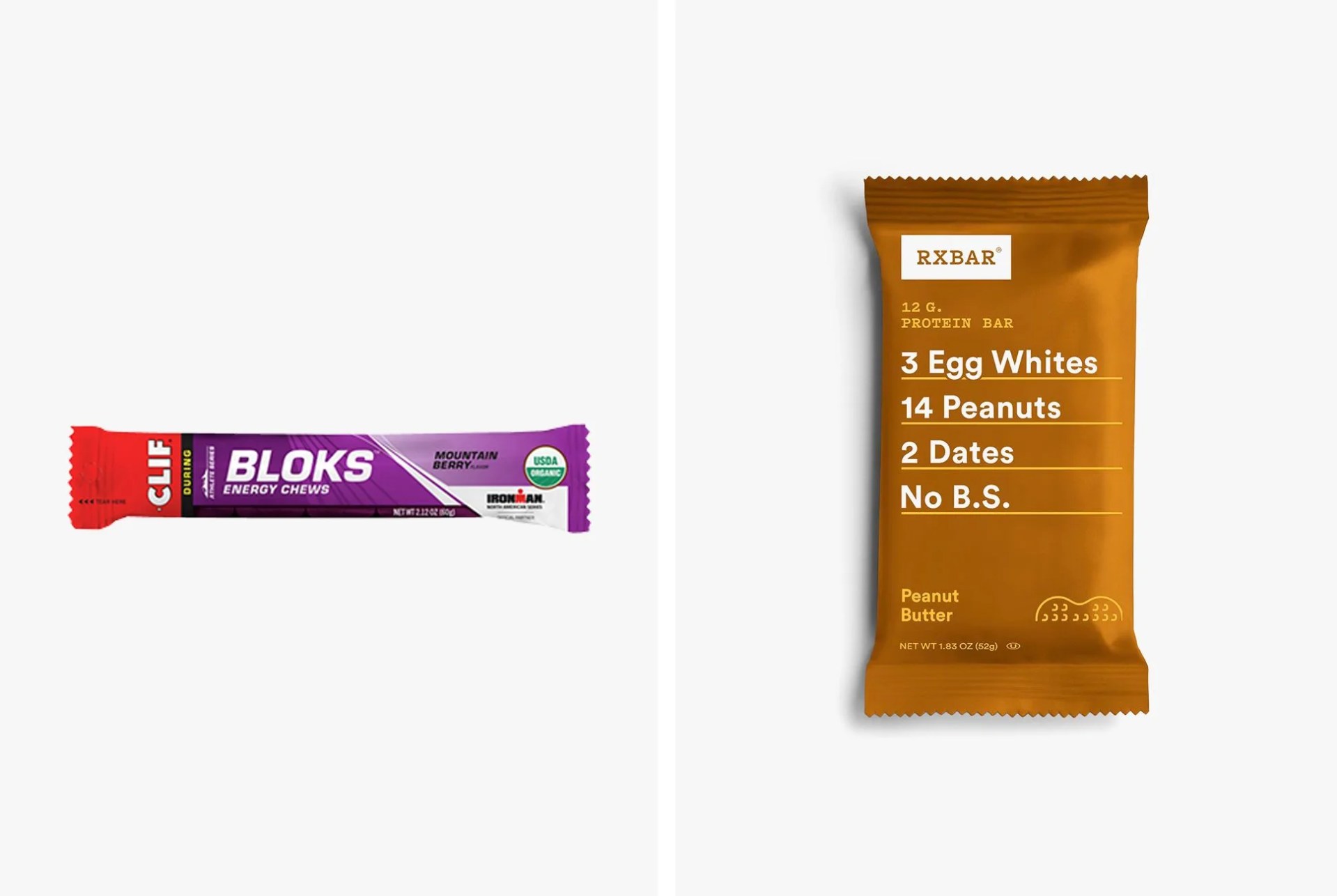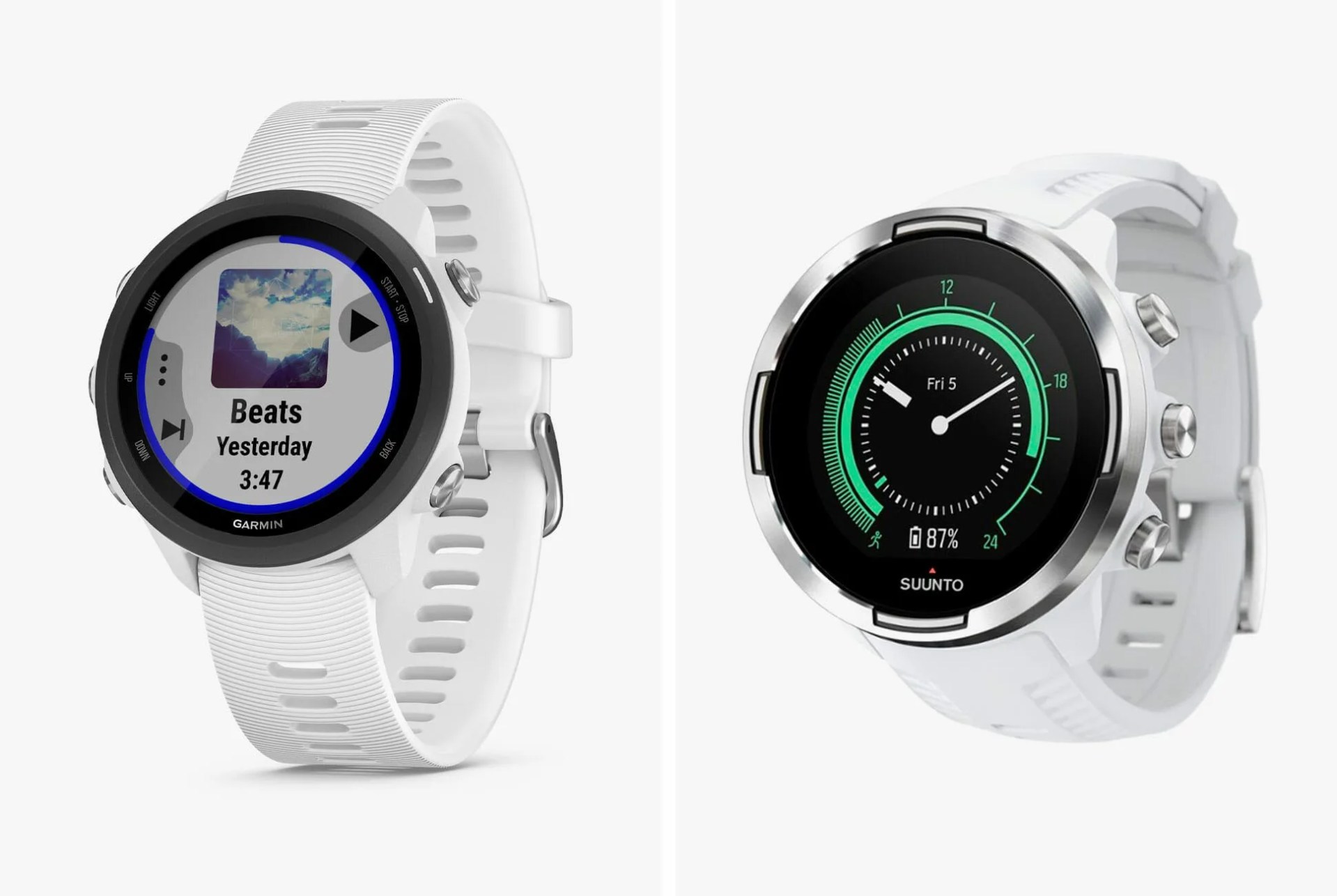Trail running has long been a part of the everyman’s life in active cities such at Santa Fe and Denver, but it’s now becoming a trend, even in urban areas that have less access to great trails such as New York City.
When push comes to shove, all you really need to go trail running is a pair of sneakers and nature, of course. But to make sure you’re properly set for the challenge, we chatted with a few experts to get you prepped and geared up. There’s a lot out there to choose from, after all.
The Experts
To find out what gear you need, and what gear you don’t, we tapped three experts in the trail running field: Golden Harper, founder of Altra, Scott Jurek, an ultra runner who recently nagged the title of the FKT (that’s fastest known time in runner-speak) on the Appalachian Trail and Bryan Dayton, a Brooks Off-Road Runner and finisher at the 2018 Leadville 100 (one of the most prestigious ultra-running races).
Vocabulary
Running is running — there’s not a ton you need to know. But in the trail running world, some terms can sound intimidating. Familiarize yourself with the following info and you’ll feel like an expert before you even get started.
Right of Way: You’ll come across a variety of groups of people on the trail, and it’s best to know who to move over for. Cyclists yield to runners and runners yield to hikers.
Trail Etiquette: If you’re coming up behind someone and are ready to move around them, simply say ‘on your left,’ and then pass them on their left.
Vertical: On the trail, miles upward toward the summit (a.k.a. vertical) is not equal to the total mileage of the run. Three miles on the trail could equal 10 miles on the road in terms of difficulty. If you’re a beginner, avoid trails with excessive elevation.
